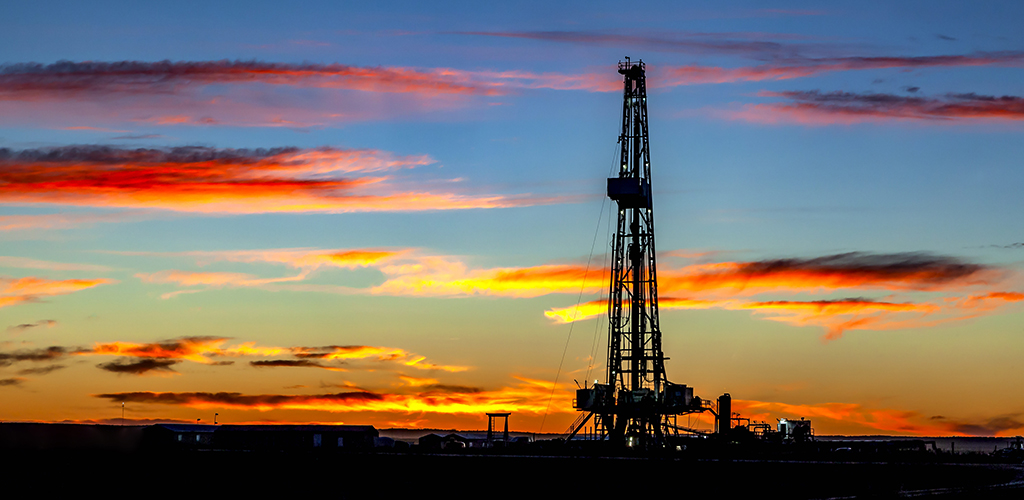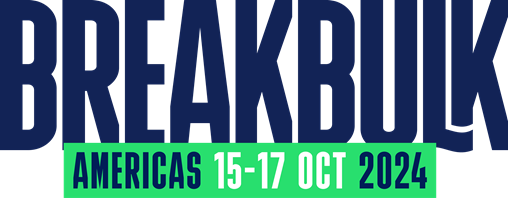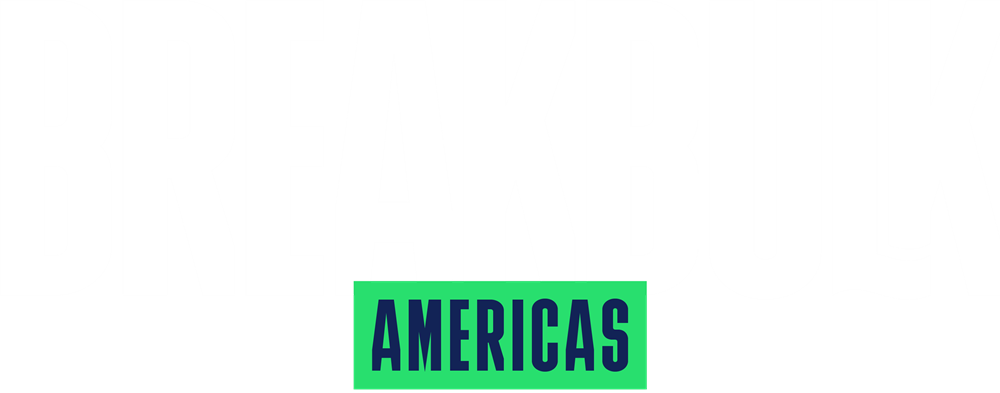Dec 08 | 2021
O&G Could Face Higher Fees, Tighter Rules

By Simon West
The U.S. Interior Department is proposing an overhaul of its oil and gas leasing program, a move that could see operators facing higher fees and tighter environmental rules.
The planned shake-up follows the completion of a review – commissioned in January by President Biden as part of an executive order to tackle the climate crisis – that found “significant shortcomings” in the way public lands and waters are farmed out to oil and gas companies.
About 23 percent of total U.S. oil production and 11 percent of natural gas production comes from federal onshore and offshore leases, with remaining output from wells located on private or state lands and waters. Regular auctions carried out by the Interior Department raise billions of dollars per year for federal and state coffers.
The review, however, identified several major flaws in the program, including poor returns for taxpayers, inadequate accounting of environmental damage and a lack of community input into leasing management.
“The fiscal components of the onshore federal oil and gas program are particularly outdated, with royalty rates that have not been raised for 100 years. States with leading oil and gas production apply royalty rates on state lands that are significantly higher than those assessed on federal lands,” the Interior Department said in its 18-page report.
Speculation
The report also pointed to how the current system can lead to speculation. More than half of the 27 million acres of public lands leased to oil and gas companies has never been drilled, while some 9,600 onshore drilling permits held by the industry remain unused.
“This speculative approach contributes to unbalanced land management. When land is under contract for potential oil and gas activity, the shared public lands cannot be managed for other purposes, such as conservation or recreation,” the report said.
The Interior Department’s proposals include lifting federal royalty rates for oil and gas production from 12.5 percent to levels more in line with those imposed by states, which can reach 25 percent in places such as Texas.
Bonding rates and other fees could also be hiked, while drillers’ access to sensitive wildlife, conservation and cultural zones could be blocked, the report said.
Consequences of Plan
Artem Abramov, partner and head of shale research at Rystad Energy, told Breakbulk that boosting royalties would have some economic consequences.
“It will be felt more by operators active in the Rockies regions where breakeven prices are generally higher than in the Delaware Basin in New Mexico. It remains to be seen if the government has adequate tools to modify royalty rates on the existing leases, which are associated with a large number of contractual obligations.”
The report made no mention of President Biden’s campaign promise to end new oil and gas leasing on public lands. An attempt to temporarily suspend leasing while the Interior Department carried out its review was blocked by a federal court in June.
“Operators feel that a complete drilling permit ban on federal land is no longer the top priority for the administration,” Abramov said.
The bulk of federal onshore drilling is carried out across 10 western states, with most output coming from Wyoming, New Mexico, Utah and Colorado. The Gulf of Mexico accounts for the vast majority of offshore federal leases.


